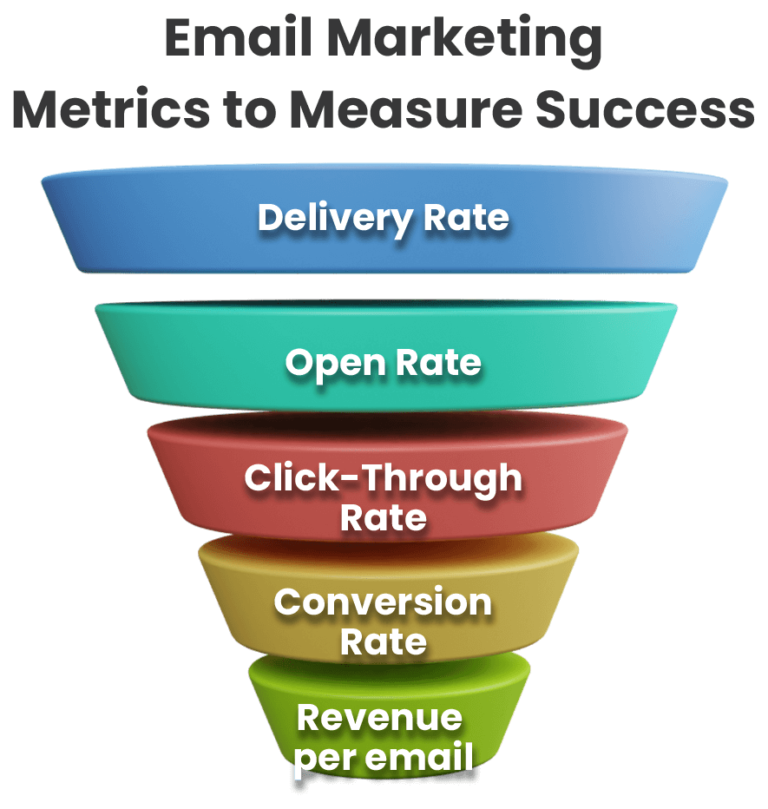Email marketing is a powerful tool for reaching your target audience and driving conversions. However, in order to maximize the effectiveness of your email campaigns, it’s essential to track key metrics and make data-driven decisions. In this article, we’ll cover the most important email marketing metrics to track and provide tips on how to improve them.
Open Rate
The open rate is one of the most basic email marketing metrics, but it’s also one of the most important. It measures the percentage of recipients who open your email out of the total number of emails sent. A high open rate indicates that your subject line and preview text are engaging and compelling. To improve your open rate, focus on crafting personalized subject lines that are relevant to your audience.
Click-Through Rate
The click-through rate (CTR) measures the percentage of recipients who click on a link within your email. A high CTR indicates that your content is engaging and relevant to your audience. To improve your CTR, make sure your call-to-action is clear and prominently displayed. You can also experiment with different types of content, such as images, videos, and interactive elements.
Conversion Rate
The conversion rate measures the percentage of recipients who complete a desired action, such as making a purchase or signing up for a newsletter. A high conversion rate indicates that your email campaign is driving results. To improve your conversion rate, make sure your email content is aligned with your overall marketing goals and that your call-to-action is persuasive and compelling.
Bounce Rate
The bounce rate measures the percentage of emails that were not successfully delivered to recipients. There are two types of bounces: hard bounces, which occur when an email is sent to an invalid or non-existent address, and soft bounces, which occur when an email is temporarily undeliverable. To reduce your bounce rate, regularly clean your email list and remove inactive or invalid addresses.
List Growth Rate
The list growth rate measures the rate at which your email list is growing over time. A healthy list growth rate indicates that you are effectively attracting new subscribers and retaining existing ones. To increase your list growth rate, promote your email newsletter on your website and social media channels, and offer incentives for signing up, such as exclusive content or discounts.
Unsubscribe Rate
The unsubscribe rate measures the percentage of recipients who opt out of your email list. While it’s natural to have some unsubscribes, a high unsubscribe rate can indicate that your email content is not resonating with your audience. To reduce your unsubscribe rate, segment your email list based on subscriber preferences and interests, and tailor your content accordingly.
Revenue per Email
Revenue per email measures the amount of revenue generated by each email sent. This metric is particularly important for e-commerce businesses, as it can help you track the effectiveness of your email campaigns in driving sales. To increase your revenue per email, focus on targeting high-value customers and promoting your most profitable products and services.
Conclusion
Tracking key email marketing metrics is essential for optimizing the performance of your campaigns and achieving your marketing goals. By focusing on metrics such as open rate, click-through rate, conversion rate, bounce rate, list growth rate, unsubscribe rate, and revenue per email, you can gain valuable insights into how your emails are performing and make data-driven decisions to improve their effectiveness.

